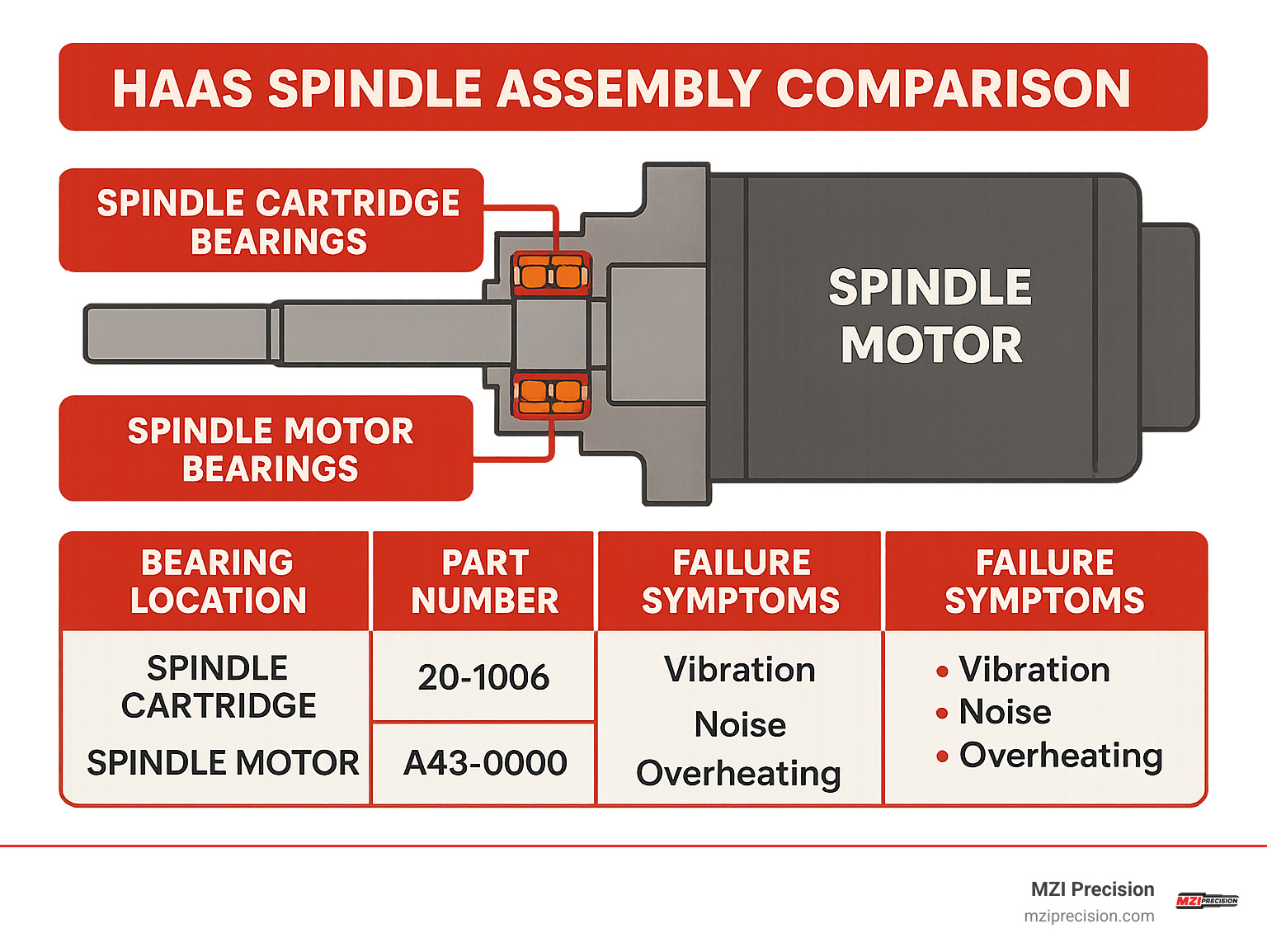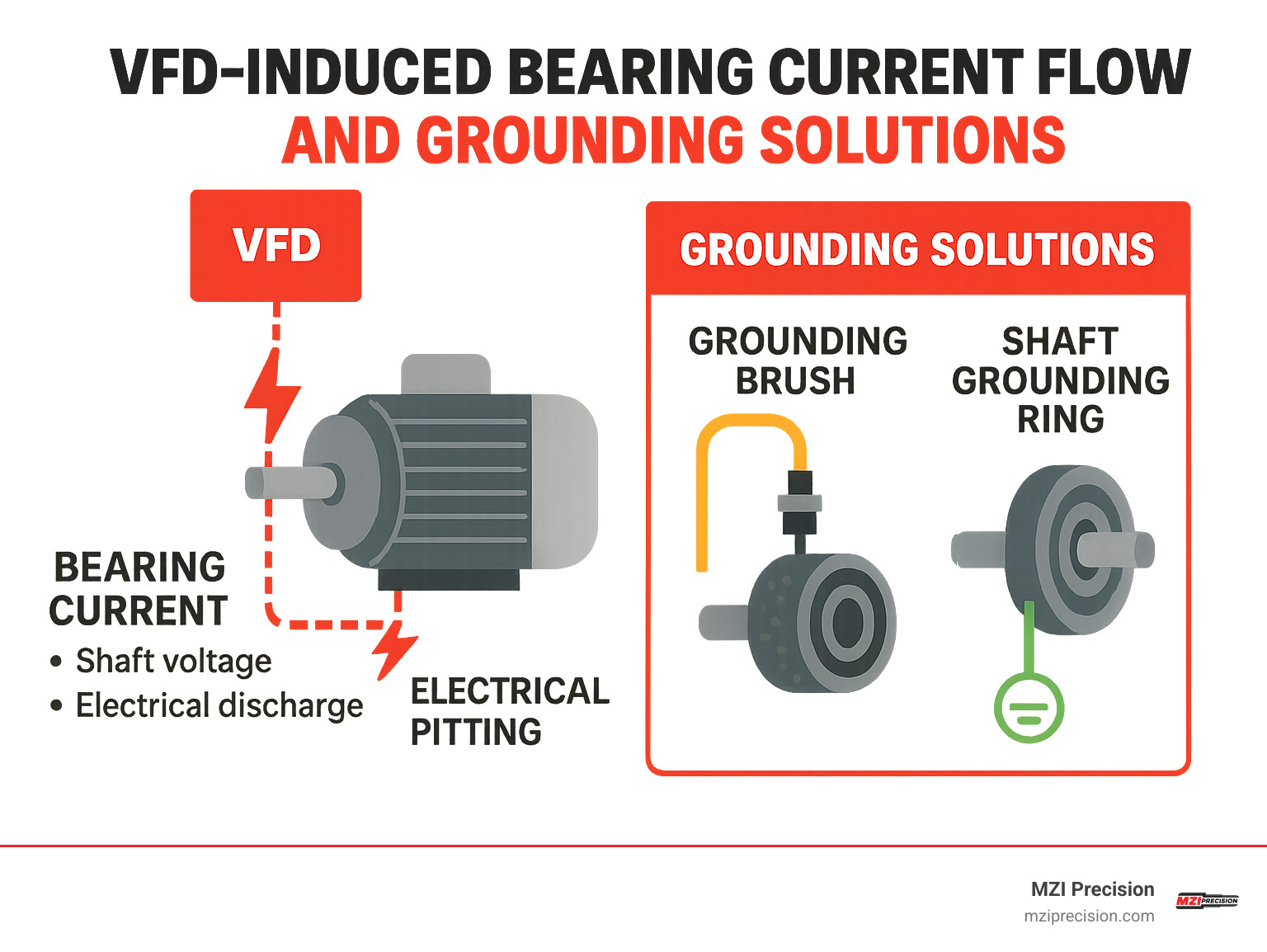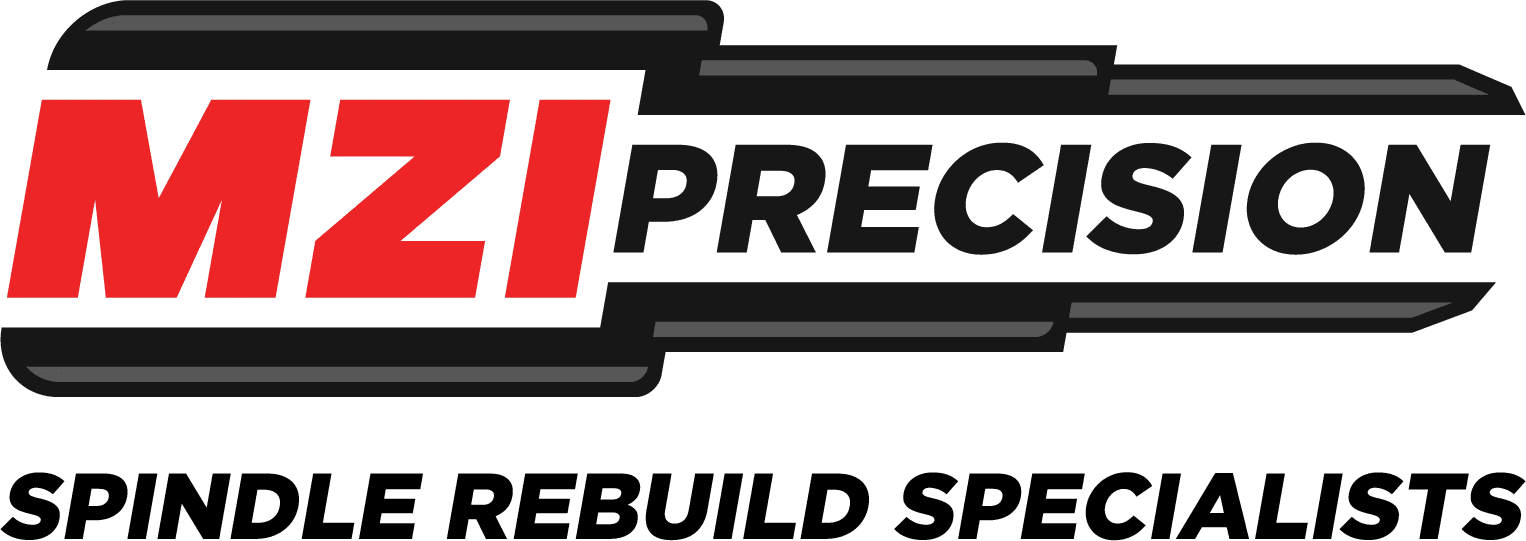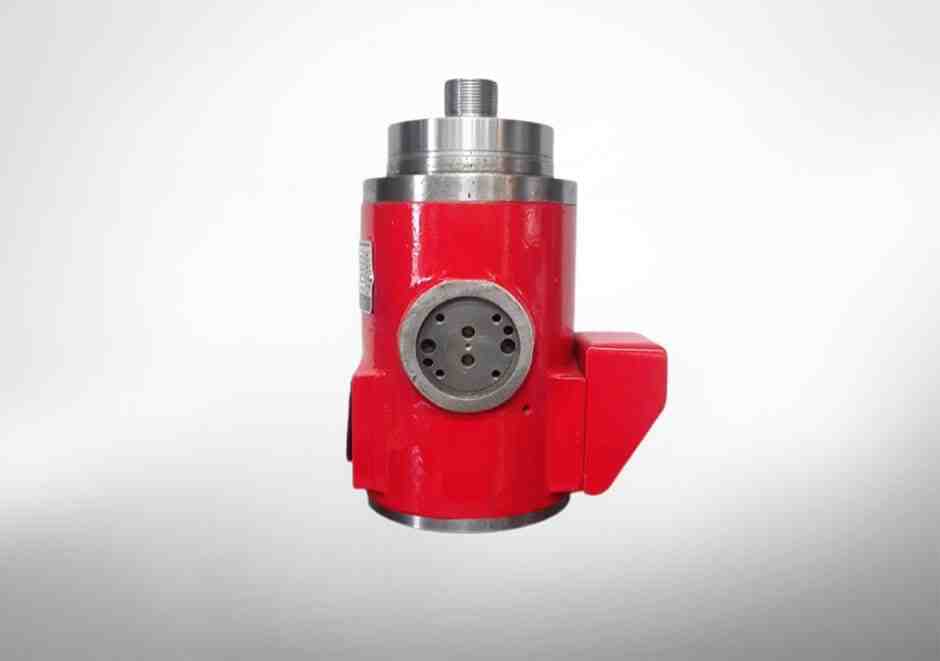Haas Spindle Motor Bearing Replacement 2025: Flawless
Why Haas Spindle Motor Bearing Replacement Matters for Industrial Manufacturing
Haas spindle motor bearing replacement is a critical maintenance procedure that can save your industrial manufacturing operation thousands of dollars compared to motor replacement. When bearings fail in your Haas spindle motor, you’re looking at repair costs under $100 versus potential replacement costs of $6,000 or more.
Quick Answer for Haas Spindle Motor Bearing Replacement:
- Cost difference: DIY bearing replacement ~$100 vs. $6,000 OEM motor rebuild
- Common bearing types: NSK 6208Z (front), NSK 6206Z (rear) for typical configurations
- Replacement interval: Every 5-6 years under normal operating conditions
- Key challenge: Requires specialized tools, clean environment, and precision balancing
- Professional recommendation: Complex procedure best handled by certified spindle repair specialists
Your spindle motor bearings work harder than most people realize. They support the rotating assembly at speeds up to 20,000 RPM while handling the mechanical stresses of industrial manufacturing. When these bearings start to fail, you’ll hear growling noises, feel excessive vibration, and notice your motor running hot.
The challenge isn’t just replacing the bearings – it’s doing it right. Variable Frequency Drives (VFDs) can create electrical discharge that damages bearings prematurely. Contamination from rust or coolant ingress destroys bearing surfaces. And without proper balancing after reassembly, your “repaired” motor might fail again within months.
Many shops find that sourcing quality bearings is easier than expected, but the technical challenges multiply quickly. Removing shrink-fit pulleys requires heating to 400-450°F. Bearing preload must be set precisely. The entire assembly needs rebalancing to prevent vibration that kills bearings.
For aerospace and precision manufacturing operations, downtime isn’t just expensive – it’s catastrophic. That’s why understanding your options for spindle motor bearing replacement is essential for maintaining reliable production.

Understanding Spindle Motor Bearing Failure
Spindle Bearings vs. Spindle Motor Bearings: A Critical Distinction
Here’s something that trips up even experienced technicians: your Haas machine actually has two completely separate bearing systems. Understanding this distinction is crucial before attempting any Haas spindle motor bearing replacement.
Think of your spindle system as two tightly coordinated drive modules working together. The spindle cartridge is the precision component that holds your cutting tools and spins at exact speeds—functioning much like a high-accuracy gearbox that faithfully transfers motion. Inside this cartridge are specialized bearings engineered for micrometer-level precision and high-speed operation in industrial manufacturing environments.
The spindle motor, in contrast, provides the raw power that turns the entire assembly. This motor has its own set of bearings (typically NSK 6208Z and 6206Z configurations) that support the rotor and handle all the electrical and mechanical stresses of power transmission.
Why does this matter? Because these two bearing systems fail in completely different ways. Spindle cartridge bearings usually give up from cutting loads, heat buildup, or contamination from your machining process. Motor bearings, on the other hand, fail from electrical discharge, lubrication problems, or mechanical stress from the drive system.
The repair approaches are worlds apart too. While many well-equipped shops can handle motor bearing replacement with the right preparation, spindle cartridge work requires specialized equipment and clean-room environments that most facilities simply don’t have.
Common Causes of Bearing Failure in Haas Spindle Motors

Contamination is the silent killer that destroys more spindle motor bearings than any other factor in industrial manufacturing. We’ve seen perfectly good bearings turned into scrap metal by something as simple as moisture getting into the motor housing. Once rust starts forming, it creates a cascade effect – metal particles contaminate the bearing grease, which accelerates wear, which creates more particles.
Variable Frequency Drives (VFDs) create a particularly nasty problem that many technicians don’t recognize until it’s too late. These drives generate shaft voltages that literally arc through your bearing surfaces, creating distinctive pitting patterns called “fluting.” It’s like tiny lightning bolts slowly eating away at your bearing races. The resulting electrical erosion creates those characteristic grinding noises that make you wince every time the spindle starts up.
Lubrication breakdown happens more often than you’d think. Bearing grease isn’t immortal – it degrades from heat, contamination, and plain old age. When grease goes bad, it often turns black and develops a gritty texture that’s basically sandpaper for your bearings. Using the wrong grade of lubricant (like skipping proper spindle-specific grease such as SHC 625) can accelerate this process dramatically.
Mechanical stress from misalignment or improper installation can kill bearings faster than you’d believe possible. We’ve seen motors where someone rushed the reassembly process and created misalignment that destroyed new bearings within days. Incorrect bearing preload is another common culprit – too tight and the bearings overheat, too loose and they develop damaging play.
Overheating creates a domino effect of failures throughout your bearing system. Blocked air passages, inadequate cooling, or excessive electrical loads can break down bearing lubricants and cause thermal expansion that destroys bearing clearances. Once overheating starts, it often triggers a cascade of problems that can take out multiple components.
Coolant ingress is particularly devastating because it combines contamination with chemical attack. When coolant finds its way into the motor housing, it doesn’t just contaminate the lubricant – it can also cause corrosion that permanently damages bearing surfaces and housing fits.
Symptoms of a Failing Spindle Motor Bearing
Your spindle motor will usually give you fair warning before it completely fails, but you need to know what to listen and feel for. Audible noise is typically the first red flag – a growling or whining sound that gets worse as spindle speed increases. This noise often starts as an occasional complaint but becomes a constant companion as bearing damage progresses.
Excessive vibration becomes noticeable both through the machine structure and when you manually check spindle rotation. A healthy spindle motor should rotate as smoothly as butter. When bearings start failing, you’ll feel roughness, catching, or binding that gets progressively worse.
Increased motor temperature occurs as damaged bearings create additional friction and heat. This extra heat can trigger your machine’s thermal protection systems and lead to those dreaded spindle motor alarms during operation. If your motor is running noticeably hotter than normal, it’s time to investigate.
Poor part surface finish might seem like a tooling or programming issue, but it’s often caused by bearing-induced vibration that transfers through the entire drive system to your cutting tool. When bearings develop play or roughness, that movement gets transmitted directly to your workpiece.
Difficulty rotating by hand is a clear sign that bearing damage has progressed beyond the early stages. A properly functioning spindle motor should spin freely with minimal effort. If you need significant force to rotate the spindle, your Haas spindle motor bearing replacement is likely overdue and shouldn’t be delayed much longer.
The Value of Professional Spindle Motor Bearing Replacement
Why Professional Service Matters
When it comes to Haas spindle motor bearing replacement, the difference between a successful repair and a costly failure often comes down to expertise and precision. This isn’t your typical maintenance task – it’s a complex procedure that requires understanding the intricate relationship between bearings, electrical systems, and mechanical tolerances.
Precision requirements in industrial manufacturing spindle systems are unforgiving. We’re talking about tolerances measured in micrometers, where even the smallest deviation can lead to catastrophic failure. A bearing that’s installed with just 15 micrometers of runout can destroy itself within weeks, taking other motor components with it.
The specialized tools and environment needed for proper bearing replacement go far beyond what most shops have on hand. You need bearing pullers designed for high-speed applications, hydraulic presses with precise control, heating equipment for shrink-fit components, and most critically, a clean environment that prevents contamination during assembly.
Correct bearing selection and installation involves much more than matching part numbers from a catalog. Each bearing must be selected based on specific load requirements, speed ratings, and electrical insulation needs. The installation process requires understanding proper preload settings, lubrication requirements, and thermal expansion characteristics.
Ensuring long-term reliability means addressing the root causes that led to the original failure. Simply replacing worn bearings without fixing underlying issues like electrical discharge, contamination sources, or alignment problems is like putting a band-aid on a broken pipe – it might work temporarily, but failure is inevitable.
Minimizing downtime for industrial manufacturing operations requires getting the repair right the first time. When your production line is down, every hour counts. Professional service ensures that your spindle motor returns to service with confidence, not crossed fingers.
Sourcing Quality Parts and Overcoming Technical Challenges
Finding the right bearings for your Haas spindle motor might seem straightforward, but the devil is in the details. Common bearing types like NSK 6208Z and 6206Z configurations are widely available, but not all bearings are created equal. Industrial manufacturing applications demand bearings with specific high-speed ratings and precision tolerances that generic parts simply can’t provide.
Sourcing from trusted suppliers becomes critical when you consider that counterfeit or substandard bearings can destroy an entire motor assembly. We’ve seen cases where cheap bearings failed within months, causing damage that extended far beyond the original repair scope. The cost savings from discount bearings evaporate quickly when you factor in repeated failures and extended downtime.
The importance of using high-quality, application-specific parts can’t be overstated. These bearings need to handle speeds up to 20,000 RPM while maintaining precise tolerances under varying loads and temperatures. Generic bearings might look identical, but they lack the metallurgy and manufacturing precision required for spindle applications.
Handling shrink-fit pulleys presents one of the most challenging aspects of the repair process. These components require heating to 400-450°F for removal and installation, demanding proper safety equipment and technique to prevent damage to the motor shaft or pulley. One mistake here can turn a simple bearing replacement into a major motor rebuild.
Encoder mounting and balancing rings add layers of complexity that many technicians underestimate. The encoder pulley mounting flange is a critical component that, when damaged, can cause repeated bearing failures. Unfortunately, these small parts aren’t always available separately, requiring creative solutions and expert knowledge.
A clean room environment for assembly isn’t just professional courtesy – it’s essential for bearing longevity. Even microscopic particles can destroy a bearing installation, making contamination control a critical factor in successful repairs.
The Role of VFDs and Grounding in Bearing Longevity

Variable Frequency Drives (VFDs) have revolutionized industrial manufacturing by providing precise speed control, but they’ve also introduced a silent killer of spindle motor bearings. The rapid switching of VFD outputs creates electrical phenomena that can destroy bearings through processes most technicians don’t fully understand.
Shaft voltage develops when the motor rotor becomes electrically isolated from the stator, creating a potential difference that seeks the path of least resistance. Unfortunately, that path often runs directly through your expensive bearings. This voltage can reach levels sufficient to cause arcing across bearing surfaces, creating damage that accumulates over time.
Electrical pitting and bearing fluting result from repetitive electrical discharge through bearing surfaces. This creates characteristic patterns of erosion that gradually destroy bearing races and rolling elements. The damage often appears as frosted or etched surfaces on bearing components – a telltale sign of electrical damage that many technicians miss.
Shaft grounding solutions include installing conductive brushes, grounding rings, or insulated bearings to prevent electrical current from flowing through bearing surfaces. These solutions must be properly implemented during the bearing replacement process, not added as an afterthought.
Preventing premature failure requires understanding that electrical bearing damage is cumulative. Even small amounts of electrical discharge can gradually destroy bearings over time, making proper grounding essential for long-term reliability. Extending bearing life in VFD applications isn’t just about quality bearings – it’s about creating a complete system that addresses electrical, mechanical, and environmental factors.
The reality is that Haas spindle motor bearing replacement in VFD applications requires specialized knowledge of electrical systems, not just mechanical repair skills. This is where professional service becomes invaluable, ensuring that your repaired motor can handle the electrical stresses of modern industrial manufacturing environments.
A Guide to the Haas Spindle Motor Bearing Replacement Process
Essential Tools and Workspace Preparation
Bearing pullers are essential for removing old bearings without damaging the motor shaft or housing. Hydraulic pullers provide the controlled force needed to extract bearings that may be seized or corroded in place.
Hydraulic press capabilities are required for proper bearing installation. The press must provide controlled, even force to seat bearings without causing damage. Manual pressing rarely provides the precision needed for spindle motor applications.
Heating equipment like torches or hot plates are necessary for removing and installing shrink-fit pulleys. The heating process must be controlled to prevent damage to motor components while providing sufficient expansion for assembly.
Dial indicators and measuring equipment are crucial for checking bearing seat runout, shaft straightness, and proper bearing installation. These measurements determine whether additional machining or correction is needed.
Vibration analysis tools help verify proper balance and alignment after reassembly. Even small amounts of imbalance can cause premature bearing failure, making post-repair verification essential.
Clean, dust-free environment prevents contamination during bearing installation. Even microscopic particles can cause bearing failure, making environmental control a critical factor in successful repairs.
Key Steps for a Successful Haas Spindle Motor Bearing Replacement
Motor removal from machine requires following proper lockout/tagout procedures and supporting heavy components safely. The motor must be completely disconnected from electrical and mechanical systems before removal.
Marking component orientation before disassembly ensures proper reassembly. Critical components like balancing rings, encoder assemblies, and pulley positions must be documented to maintain proper balance and timing.
Pulley removal using heating technique involves heating the pulley to approximately 400-450°F to allow removal without damage. This process requires proper safety equipment and technique to prevent injury or component damage.
Motor disassembly must be performed systematically to prevent damage to precision components. Special attention is required for encoder assemblies, balancing rings, and bearing retention systems.
Bearing extraction requires proper tools and technique to prevent damage to bearing seats. Old bearings must be completely removed along with any contaminated lubricant or debris.
Housing inspection and cleaning involves checking for wear, corrosion, or damage that could affect new bearing installation. Any surface irregularities must be corrected before proceeding.
New bearing installation requires proper heating, pressing, and alignment techniques. Bearing preload must be set according to manufacturer specifications to ensure proper operation.
Reassembly must follow documented procedures to ensure proper component orientation and torque specifications. All fasteners must be properly tightened and secured.
Affected Haas models that commonly require this service include:
- VF series vertical machining centers
- Mini Mill compact machining centers
- SL series lathes
- DT-1 high-speed machining centers
- UMC series universal machining centers
- TM series toolroom mills
The Critical Importance of Post-Repair Balancing and Alignment
Dynamic balancing is absolutely critical after Haas spindle motor bearing replacement. Even small amounts of imbalance can create vibration that destroys bearings within months of installation. The balancing process must account for all rotating components including pulleys, rotors, and encoder assemblies.
Vibration analysis provides objective measurement of repair quality. Proper analysis can detect imbalance, misalignment, or other issues that could lead to premature failure. Professional shops use equipment like the Octavis Vibration Analyzer to verify repair quality.
Aligning motor to spindle requires precision adjustment during installation. The motor must be properly positioned and secured to prevent misalignment that could stress bearings and cause premature failure.
Spindle troubleshooting and best practices from Haas provide additional guidance for maintaining spindle systems and preventing future problems.
Preventing repeat failures requires addressing root causes like electrical discharge, contamination, or alignment issues. Simply replacing bearings without correcting underlying problems will result in repeated failures.
Ensuring smooth operation involves comprehensive testing and break-in procedures. The repaired motor must be tested at various speeds and loads to verify proper operation before returning to service.
Safety First: Who is Qualified to Perform the Repair?
When it comes to something as vital as your Haas spindle motor, safety isn’t just a suggestion—it’s absolutely non-negotiable. Attempting a Haas spindle motor bearing replacement without the right knowledge, tools, and precautions can lead to serious injury or even more costly damage to your equipment.
Critical Safety Warnings for Spindle Motor Repair
Before anyone even thinks about touching a spindle motor, Lockout/Tagout procedures are mandatory. This means completely de-energizing the machine and locking it out so there’s zero chance of accidental startup. It’s about protecting yourself and others from unexpected power.
These spindle motors aren’t lightweight! Handling heavy components requires proper lifting equipment and techniques. Trying to lift a motor that can weigh hundreds of pounds by yourself is a recipe for serious injury.
During the repair, you’ll be dealing with high-temperature parts, especially if you’re using heat to remove pulleys. These components can cause severe burns, so always use proper protective equipment and handling procedures.
Also, be aware of stored energy. Components like Belleville washers are under tension and can release energy unexpectedly. Always handle these with caution and the right tools. And don’t forget the electrical hazards that persist even after lockout, due to stored energy in motor windings and capacitors. Always follow strict electrical safety procedures.
Finally, always wear proper personal protective equipment (PPE). This includes safety glasses, heat-resistant gloves, and appropriate clothing. Protecting yourself is the first step to a successful and safe repair.
Why a Professional Haas Spindle Motor Bearing Replacement is Recommended
You might be thinking, “Can’t I just replace the bearings myself?” While the spirit of DIY is admirable, a Haas spindle motor bearing replacement is a highly specialized task that truly benefits from professional expertise. It’s not just about swapping parts; it’s about precision and preventing future problems in your industrial manufacturing operations.
The technical expertise required for this kind of work goes far beyond basic mechanical skills. Professionals have specialized training in understanding critical factors like bearing preload. Setting the preload incorrectly can lead to premature bearing failure or make your machine less rigid, impacting the quality of your parts.
Another major reason to choose professional service is access to balancing equipment. After new bearings are installed, the motor’s rotating assembly needs dynamic balancing. This requires specialized tools that most shops simply don’t have. Without proper balancing, even perfectly installed new bearings can fail quickly due to vibration.
Professionals are adept at preventing damage to motor components. Their experience means they know how to avoid common pitfalls that can lead to expensive mistakes. An improper repair can cause far more damage than the original issue, costing you significantly more in the long run.
Plus, professional repair services typically offer a warranty on repairs. This gives you peace of mind, knowing that if something goes wrong, you’re covered. This simply isn’t an option when you tackle the repair yourself. Choosing experts helps you in avoiding costly mistakes and ensures your Haas machine is back to peak performance, reliably supporting your industrial manufacturing needs.
Conclusion: Entrust Your Spindle Motor to the Experts
When it comes to Haas spindle motor bearing replacement, the numbers tell a compelling story. You’re looking at bearing costs under $100 versus potential motor replacement costs of $6,000 or more. But here’s the thing – those savings only materialize when the job is done right the first time.
The reality is that spindle motor bearing replacement sits at the intersection of precision engineering and practical manufacturing needs. Your industrial manufacturing operation depends on tolerances measured in micrometers, electrical discharge prevention that requires specialized knowledge, and dynamic balancing that demands professional-grade equipment.
We’ve walked through the technical challenges together – from understanding the critical distinction between spindle cartridge bearings and motor bearings, to navigating the complexities of VFD-induced electrical damage. Each step in the process, from pulley removal using precise heating techniques to post-repair balancing and alignment, requires expertise that goes far beyond basic mechanical skills.
The truth is, Haas spindle motor bearing replacement isn’t just about swapping out worn parts. It’s about understanding why those bearings failed in the first place and implementing solutions that prevent future problems. Whether it’s contamination from coolant ingress, electrical pitting from inadequate grounding, or mechanical stress from misalignment, addressing root causes is what separates a temporary fix from a lasting solution.
At MZI Precision, we’ve seen what happens when bearing replacement is treated as a simple maintenance task instead of the precision operation it truly is. We understand that your aerospace, defense, and precision manufacturing applications leave no room for error. Our approach combines the technical expertise to handle the complexities with the practical understanding of what industrial manufacturing operations need.
The value of professional service extends beyond just getting your spindle motor running again. It’s about confidence – knowing that your repair was performed to the highest standards, with proper grounding solutions implemented, precision balancing completed, and comprehensive testing performed. It’s about minimizing downtime and maximizing the return on your repair investment.
Your production schedule can’t afford to wait for trial-and-error repairs or deal with repeated failures from improper installation. The specialized tools, clean environment, and technical expertise required for successful spindle motor bearing replacement are investments that make sense for companies dedicated to this type of precision work.
Learn more about our expert spindle repair services and find how MZI Precision can keep your Haas machines running at peak performance. When precision matters and downtime isn’t an option, trust the experts who understand the unique challenges of industrial manufacturing spindle systems.




